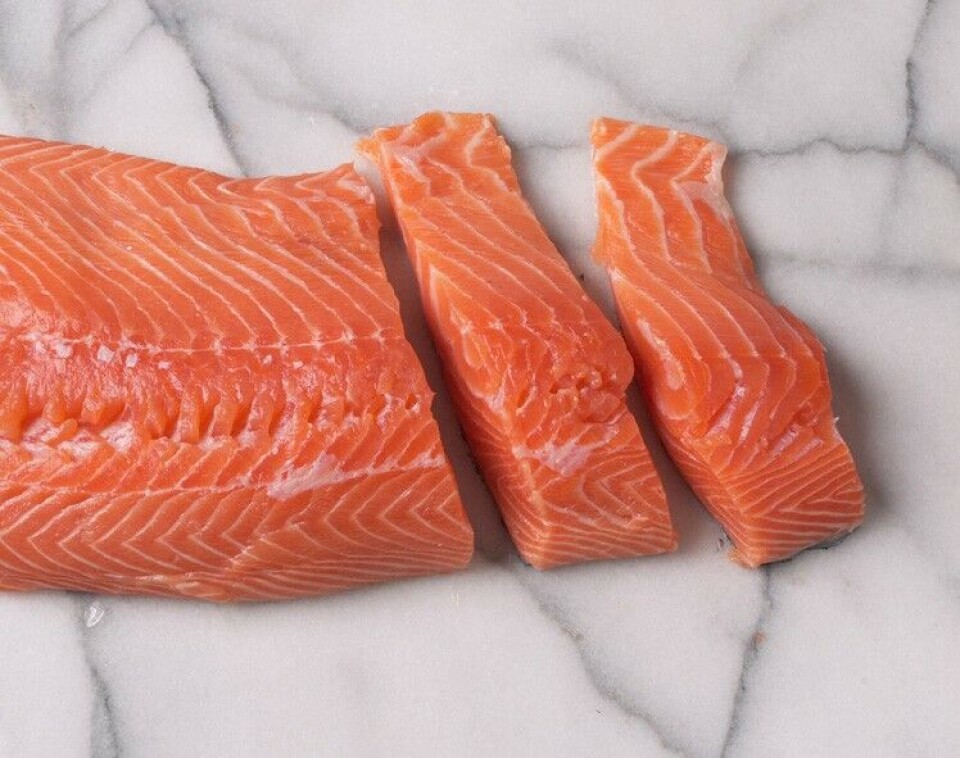
Some startling facts about O-3s
28 kilos of pangasius would need to be eaten each week to achieve your recommended weekly intake of the long chain omega-3s EPA and DHA.
This remarkable fact was one of the highlights of the Salmon Symposium, which was held at Stirling’s Institute of Aquaculture last week.

It featured in a presentation by the Institute's Matthew Sprague which focused on the variable levels of these essential long chain fatty acids – both over time and between countries – in farmed salmon.
His research shows that, in Scotland, the average levels of these omega-3s have dropped from 3g/100g in 2006 to 1.37g/100g in 2016, yet this is still above the 1.03g average in farmed Faroese salmon, and the 0.81g average in Norway.
To put this in perspective from a health point of view, he said that doctors recommend an intake of 3.5g of EPA/DHA a week - which would equate to roughly two and a half 100g portions of farmed Scottish salmon.
Wild vs farmed
He also compared the levels between wild and farmed fish, pointing out that 2010 was the last time that the levels of these omega-3s in the lipids were roughly similar between wild and farmed Atlantic salmon.
“However,” he added, “farmed salmon still have significantly higher levels of EPA and DHA than their wild counterparts due to their comparatively high lipid levels.”
Indeed, even Norwegian farmed salmon contains slightly higher levels than wild sockeye, and he pointed out that farmed salmon are still one of the best sources of key omega-3s.
“Only mackerel have a considerably higher level of EHA and DPA than farmed salmon and you would need to eat 28 kilos of pangasius to get the recommended weekly allowance of these omega-3s,” he reflected.
That said, he added: “Pangasius are still a valuable protein source as well as containing key micro-nutrients and vitamins”.
Looking ahead, however, he pointed out that the increased use of marine algae, which is already being explored by feed manufacturers and salmon producers, will allow for increases in EPA and DHA content in farmed salmon.























































